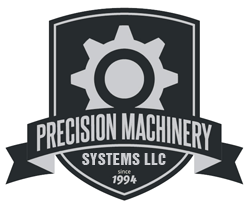How to Maximize Your Recycling Efforts with a Trash Compactor
In an increasingly eco-conscious world, maximizing recycling efforts has become more critical than ever. According to the Environmental Protection Agency (EPA), recycling and composting prevented the release of approximately 186 million metric tons of carbon dioxide equivalent into the air in 2018, underscoring the environmental importance of effective waste management strategies. One innovative solution that has gained traction in both commercial and residential settings is the use of a Trash Compactor For Recycling. By compressing recyclable materials, trash compactors not only save space but also enhance the efficiency of the recycling process, making it easier for households and businesses to streamline their waste disposal practices. As cities face growing waste management challenges, adopting tools like trash compactors can significantly contribute to higher recycling rates and a more sustainable future. Embracing such technology aligns with the industry's push for greener practices, reducing landfill contributions and promoting resource conservation.
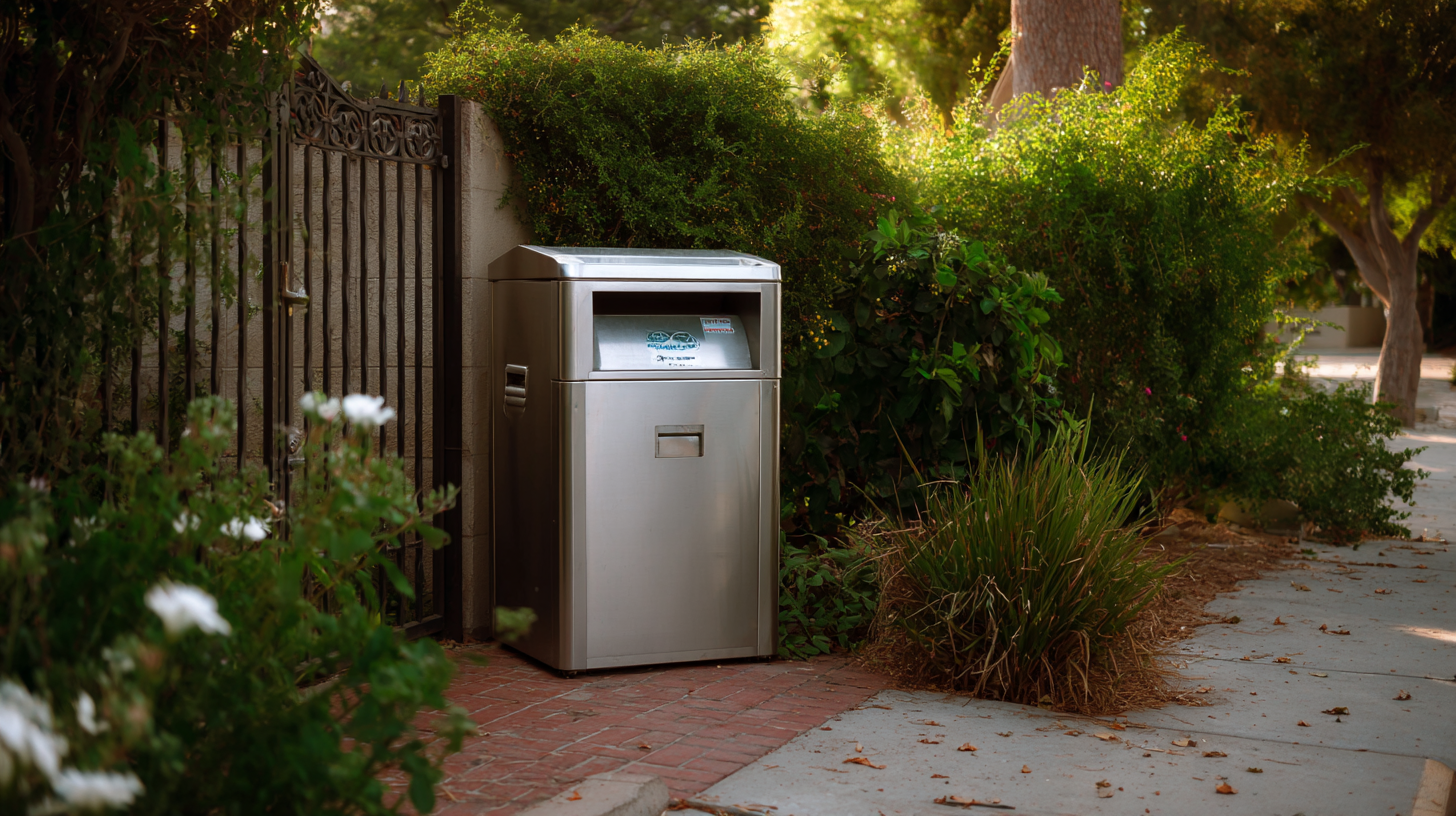
Understanding the Benefits of Using a Trash Compactor for Recycling
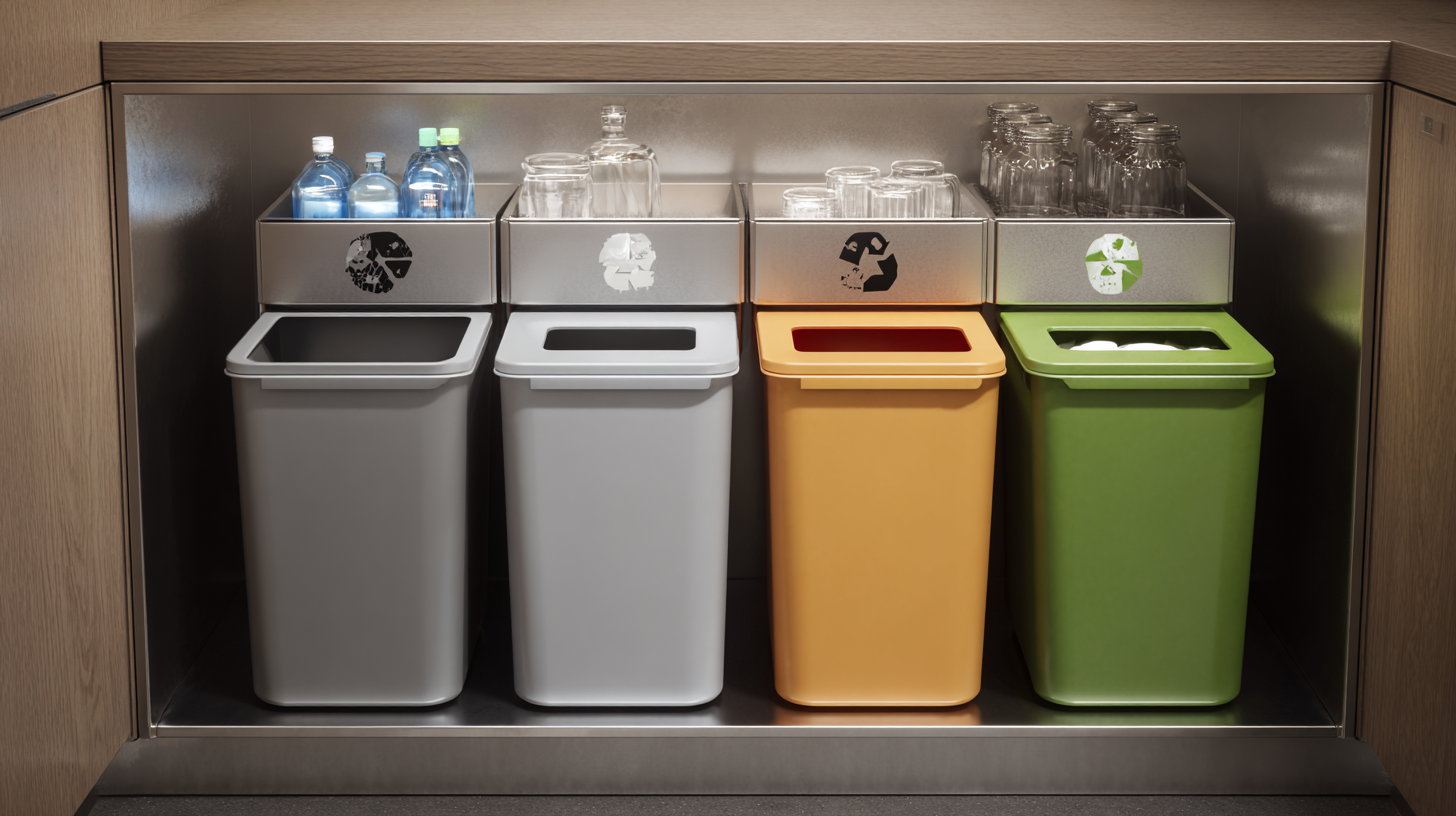 Using a trash compactor is an excellent way to enhance your recycling efforts while also minimizing waste. One of the key benefits of using a trash compactor for recycling is its ability to significantly reduce the volume of materials, allowing you to maximize the capacity of your recycling bins. This means less frequent trips to the recycling center, saving time and helping to streamline the recycling process in your home or office.
Using a trash compactor is an excellent way to enhance your recycling efforts while also minimizing waste. One of the key benefits of using a trash compactor for recycling is its ability to significantly reduce the volume of materials, allowing you to maximize the capacity of your recycling bins. This means less frequent trips to the recycling center, saving time and helping to streamline the recycling process in your home or office.
Tips: To get the most out of your trash compactor, ensure you separate your recyclable materials properly before compacting. This not only helps in efficiently organizing your waste but also prevents contamination. Additionally, consider compacting materials that are typically bulky, like cardboard or plastic bottles, as this will free up space for more recyclables.
Moreover, make it a habit to maintain your trash compactor by regularly cleaning it and checking for any jams or issues. This ensures that it operates efficiently and extends its lifespan, further contributing to your recycling goals. By effectively utilizing a trash compactor, you can make a notable difference in your recycling habits and contribute positively to environmental conservation.
Choosing the Right Trash Compactor for Your Recycling Needs
When choosing the right trash compactor for your recycling needs, it’s crucial to consider the type and volume of materials you typically recycle. According to the Environmental Protection Agency, recycling 1 ton of mixed paper can save 17 trees, 7,000 gallons of water, and 4,100 kilowatts of electricity. A compacting option that focuses on paper will require a different capacity and mechanism than one designed for heavier materials like aluminum and plastic. Assessing your primary recyclables will help you select a model that maximizes efficiency and meets your specific requirements.
Tip: Utilize a compactor that features adjustable settings for different materials. This ensures that you can effectively compress various items without damaging them or compromising the recycling process. Additionally, look for compactors with built-in safety features and energy-efficient designs that align with sustainable practices. Research indicates that implementing the right equipment can enhance recycling rates by up to 20%, making your efforts more impactful.
Another essential factor is the size of the trash compactor. A model too small for your needs can lead to frequent emptying, while an oversized unit might waste energy and space. Consider your available storage area and choose a design that fits, yet accommodates your recycling load comfortably. Proper management of the compacted materials can also streamline the recycling process, ensuring that your efforts contribute significantly to waste reduction and environmental preservation.
Tips for Efficiently Compiling Recyclables in Your Trash Compactor
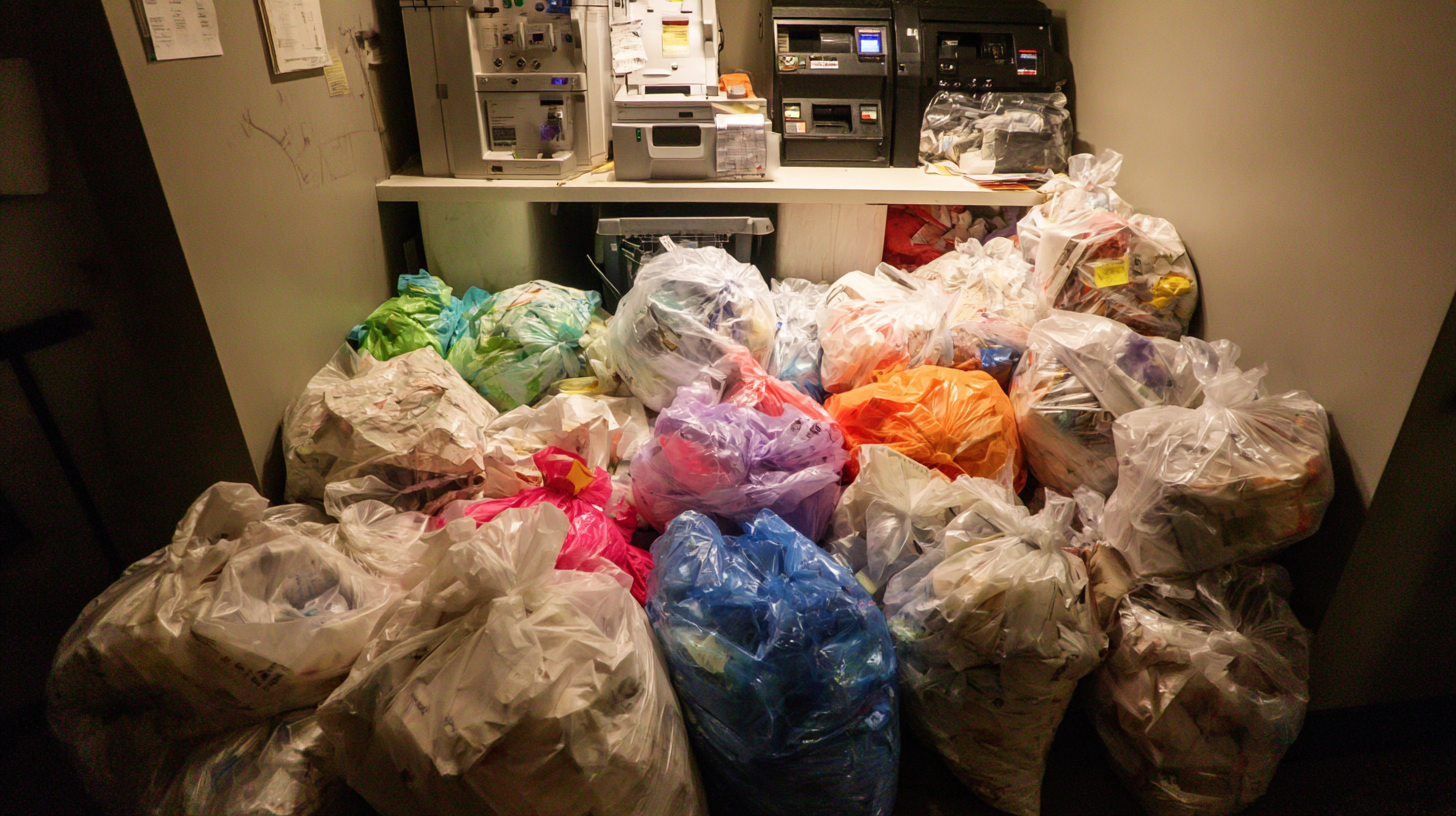 Using a trash compactor can greatly enhance your recycling efforts, allowing you to save space and reduce waste. To make the most of your compactor, it's essential to know how to efficiently compile recyclables. First, consider separating your recyclables at the source. Keep designated bins for different materials such as paper, plastics, and metals, making it easier to load them into the compactor later. This organization can help keep your recycling process streamlined and effective.
Using a trash compactor can greatly enhance your recycling efforts, allowing you to save space and reduce waste. To make the most of your compactor, it's essential to know how to efficiently compile recyclables. First, consider separating your recyclables at the source. Keep designated bins for different materials such as paper, plastics, and metals, making it easier to load them into the compactor later. This organization can help keep your recycling process streamlined and effective.
Another important tip is to compact recyclables properly. For items like cardboard, flatten them before placing them in the compactor. This not only maximizes space but also ensures that the compactor works efficiently. Additionally, keep in mind that certain materials, like glass, should be handled carefully; while they can be recycled, they may require different processing. Lastly, remember to regularly clean your compactor to prevent any residue buildup that could interfere with your recycling routine. By following these tips, you can significantly enhance your recycling efforts and contribute to a more sustainable environment.
Best Practices for Maintaining Your Trash Compactor to Maximize Recycling
Maintaining your trash compactor is essential to maximize recycling efforts effectively. According to the Environmental Protection Agency (EPA), approximately 75% of the waste we generate is recyclable, but only about 30% is actually recycled. Regular maintenance of your compactor can significantly enhance your recycling rates. This includes ensuring the machine is clean and free from contaminants, as dirty compactors can lead to cross-contamination of recyclables, making them unsuitable for processing. Cleaning should be performed weekly, utilizing non-toxic cleaners to ensure the machine remains efficient and safe.
Another best practice is to monitor the compaction process closely. Research from the Institute of Scrap Recycling Industries (ISRI) indicates that compacted materials take up to 39% less volume, leading to fewer pickups, increased efficiency, and ultimately a reduced carbon footprint. Operators should routinely check for signs of wear and tear, as well as ensure that the compactor is used within its capacity. By following these guidelines, businesses can enhance their recycling efforts, lower operational costs, and contribute positively to environmental sustainability.
How to Maximize Your Recycling Efforts with a Trash Compactor - Best Practices for Maintaining Your Trash Compactor to Maximize Recycling
| Best Practice | Description | Frequency | Impact on Recycling |
|---|---|---|---|
| Regular Cleaning | Ensure the compactor is clean to prevent cross-contamination of recyclables. | Weekly | High |
| Monitor Load Size | Avoid overloading to ensure efficient compaction and recycling of materials. | Daily | Medium |
| Proper Sorting | Sort materials correctly before using the compactor to enhance recycling quality. | Before each use | High |
| Check for Damage | Inspect the compactor regularly for signs of wear or damage that could affect performance. | Monthly | High |
| Train Users | Educate all users on proper usage to maximize efficiency and effectiveness. | Annually | Medium |
Educating Your Household on Effective Recycling with a Trash Compactor
Educating your household on effective recycling practices can significantly enhance your recycling efforts, especially when integrating a trash compactor into your waste management routine. According to the Environmental Protection Agency (EPA), the recycling rate in the United States was approximately 35% in 2020, which indicates that there is much room for improvement. A trash compactor can help streamline the separation of recyclables from trash, making it easier for families to manage waste responsibly.
Tips for effective recycling with a trash compactor include clearly labeling bins to indicate what can be recycled. This helps reduce contamination—research states that about 25% of recycling is rejected due to improper contents. Moreover, compacting recyclable materials like cardboard and plastics not only saves space but also encourages regular recycling habits. Establishing a routine where family members commit to emptying the compactor regularly can further reinforce these efforts.
Another essential tip is to educate your household on the materials that can and cannot be recycled. The National Recycling Coalition reports that educating consumers can increase recycling rates by up to 30%. Create a fun challenge to see who can identify the most recyclable items around the house. By fostering a culture of awareness and responsibility, you can maximize your recycling efforts while using a trash compactor effectively.
Recycling Trends in Households Using Trash Compactors
Related Posts
-
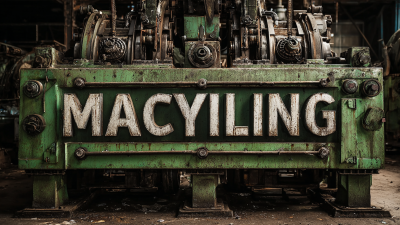
Future Innovations in Best Recycling Machinery: Trends to Watch in 2025
-
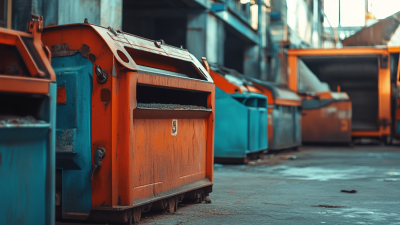
Essential Compliance Standards for Importing Commercial Compactors Globally
-
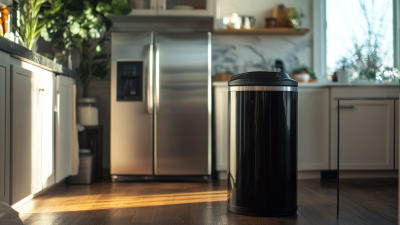
The Ultimate Guide to Choosing the Right In Home Trash Compactor for Your Needs
-

Exploring Innovations in Compactor Industrial Technologies for Global Procurement Strategies in 2025
-
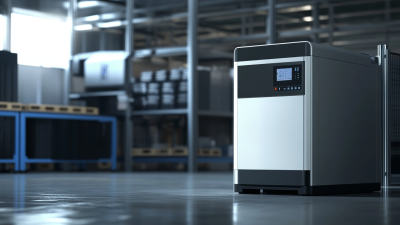
7 Remarkable Advantages of The Trash Compactor for Global Buyers
-
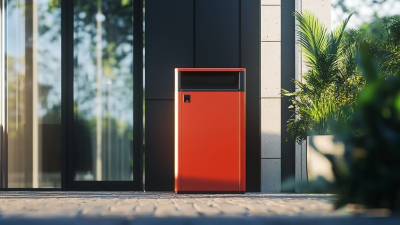
Essential Techniques for Sourcing Automatic Trash Compactors in a Competitive Market
